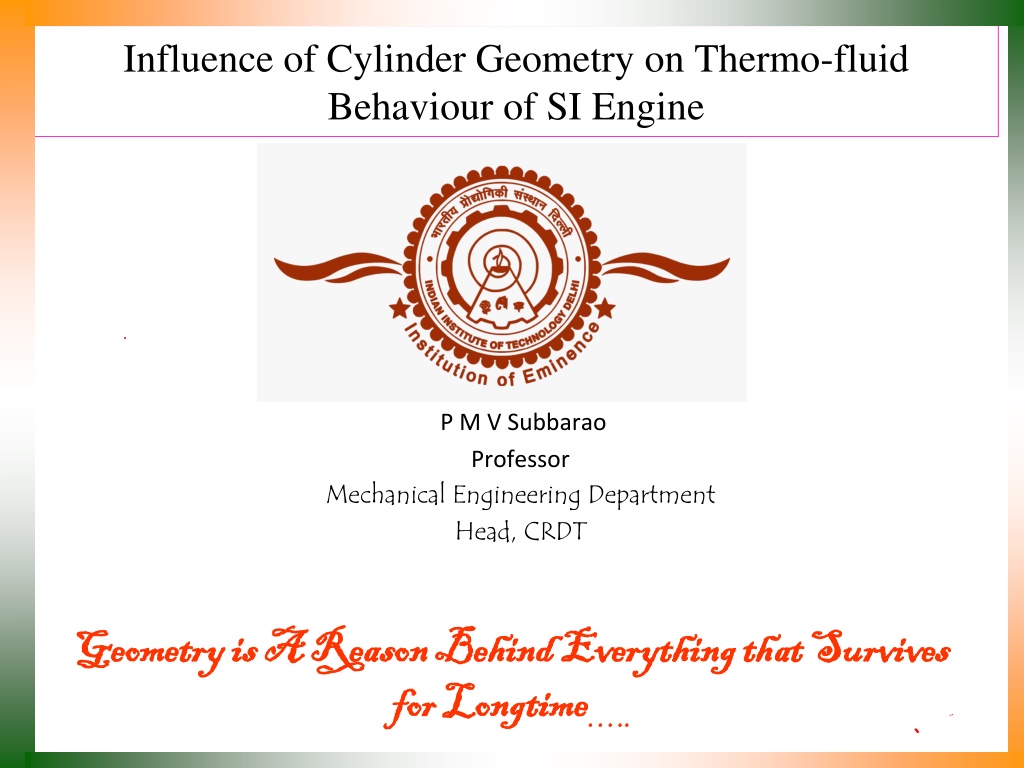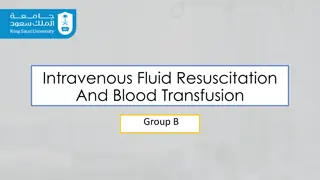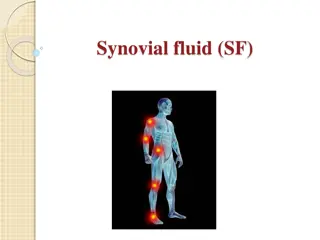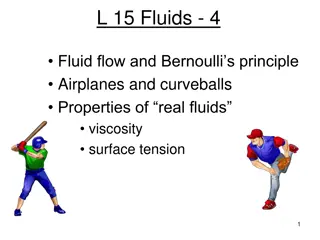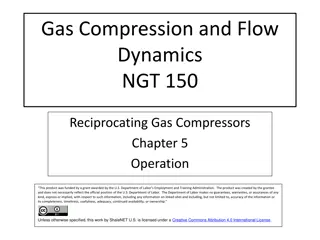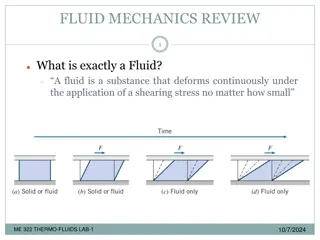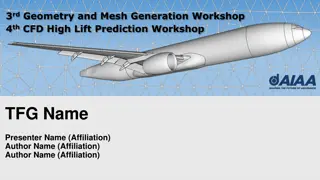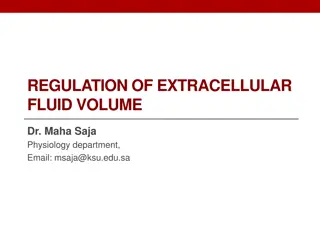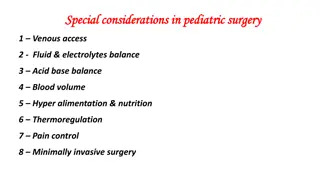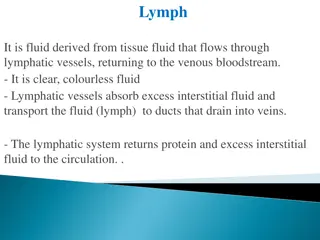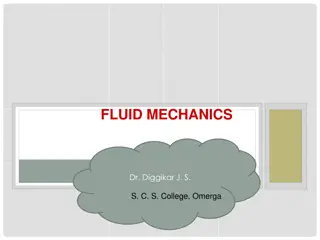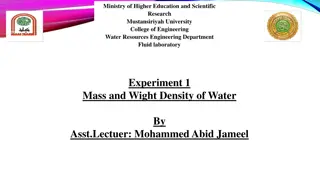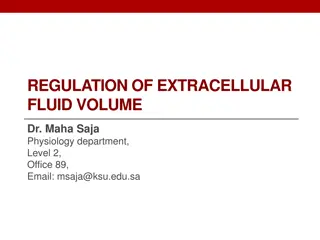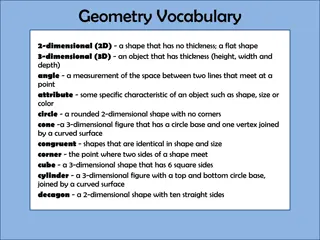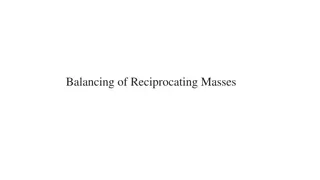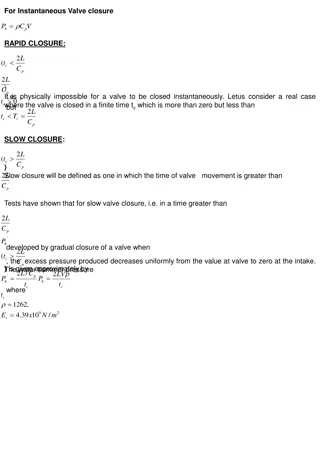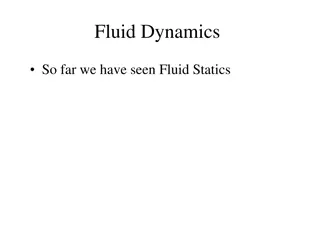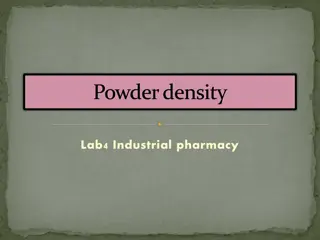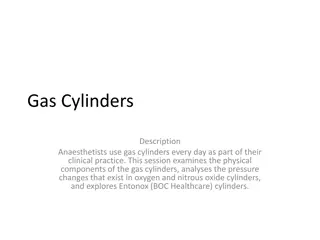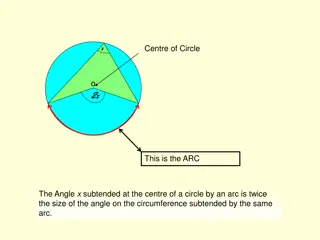Influence of Cylinder Geometry on Thermo-fluid Behavior of SI Engine
The geometric features of cylinder design significantly impact the thermo-fluid behavior and efficiency of SI engines. By understanding the relationship between geometry, heat transfer, and energy dynamics, engineers can enhance engine performance and sustainability. Various factors such as bore-to-stroke ratio, surface area, and heat transfer mechanisms play crucial roles in determining engine efficiency and heat transfer characteristics.
Download Presentation

Please find below an Image/Link to download the presentation.
The content on the website is provided AS IS for your information and personal use only. It may not be sold, licensed, or shared on other websites without obtaining consent from the author. Download presentation by click this link. If you encounter any issues during the download, it is possible that the publisher has removed the file from their server.
E N D
Presentation Transcript
Influence of Cylinder Geometry on Thermo-fluid Behaviour of SI Engine P M V Subbarao Professor Mechanical Engineering Department Head, CRDT Geometry is A Reason Behind Everything that Survives Geometry is A Reason Behind Everything that Survives for Longtime for Longtime .. ..
Geometry Vs Engine Heat Transfer Essential for Sustainability
Shape in Nature Mammoths African Elephant Indian Elephant
Energy Audit of Conventional S.I. Engine Indicative Cycle at Design Conditions Case Study: Net Indicative work per cycle : 373.2 J Fuel Energy Input (J): 943.0 J Total cooling loss -187.3 J Heat transfer density (W/cm ) at... ...cylinder head: -45.168 ... piston upper face: -42.378 ...cylinder wall: -14.228 Effective torque (Nm): 110.0
Effect on Heat Transfer Simple geometric relationships show that an engine cylinder with low bore -to- stroke ratio will have a smaller surface area exposed to the combustion chamber gasses compared to a cylinder with longer bore-to- stroke ratio. The smaller area leads directly to reduced in-cylinder heat transfer, increased energy transfer to the crankshaft and, therefore, higher efficiency.
Instantaneous Heat Transfer (loss) form Cylinder ( ) ( ) ( ) ( ) A Q T T ( ) gas 1 coolant x + = = q 1 + ( ) h k h g c
Gas to Surface Heat Transfer Heat transfer to walls is cyclic. Gas temperature Tg in the combustion chamber varies greatly over and engine cycle. Coolant temperature is fairly constant. Heat transfer from gas to walls occurs due to convection & radiation. Convection Heat transfer: conv q Q ( ) = = conv A h T wall T gc gas Radiation heat transfer between cylinder gas and combustion chamber walls is ( ) 1 4 4 Q T wall T gas = = rad A q rad 1 1 g + + w F 1 2 g w
Instantaneous Cylinder Surface Area ( ) A ( ) = + + + A A B l a s ch p ? ? = ?? + ??+ ?????2? + 1 cos? + ?2 sin2? 1 1 3 4 V dR 3 4 V = , BS Bore B = , d Stroke L 2 BS R 1 R 2 3 V ( ) A = + + + + 2 2 1 cos sin d A A R R ch p BS
Domination of Convection in Engine Heat Transfer : 21st Century Analysis Convection from the gas in the cylinder to the chamber walls is the Onset of Heat losses. Convective Heat transfer is considered dominant mode of Heat Transfer in an engine cylinder. ?????????= ???????? ???? ????? h is the convective heat transfer coefficient, Tgas is the temperature of the gas under consideration. During combustion, convection equation is applied to unburned and burned zones separately. Tgas is much higher in the burned zone, the heat flux from the burned gas to the walls will be much higher than from the unburned gas.
Convective Heat Transfer Coefficient of Gas ?? = ??????? Physics of combustion and evolution of burned and unburned gas zones must be accurately considered for analysis. The flow inside cylinder is highly turbulent and it is challenging to estimate the true value of gas velocity to be used in the calculation of Reynolds number. The influence of bore-to-stroke ratio is more complex to understand. Simulations and experiments carried out in 21st century revealed new information on the influence of RBS on gas velocity and convection heat transfer coefficient. The Characteristic dimension in Reynolds number also equally tough to know.
Kinematics and Shape of Flame and Burned Gas Volumes in SI Engine Cylinder
Onset of A Successful Combustion in SI Engine A successful spark creates a shock wave in the air-fuel mixture. This shock wave expands against air fuel mixture. A photographic study of the phenomena controlling the initial behaviour of spark-ignited flames confirmed that combustion starts as self-ignition. This self ignition occurs in the volume of very hot gases (kernel) behind the shock wave. Spark-ignited flames pass through a non-steady propagation period before reaching a steady speed. This transient period is relatively important, compared to the total time available for combustion, in an engine cycle.
Mixture Burn Time B / 2 5 B cm = = t comb ? S comb Scomb : Flame velocity If we wish 90% of fuel to burn during of 50o crank angle. N (rpm) t90%(ms) Scomb,req (m/s) Standard car at idle Standard car at max power Formula car at max power 19,000 0.4 125 500 16.7 4,000 2.1 3.0 23.8
